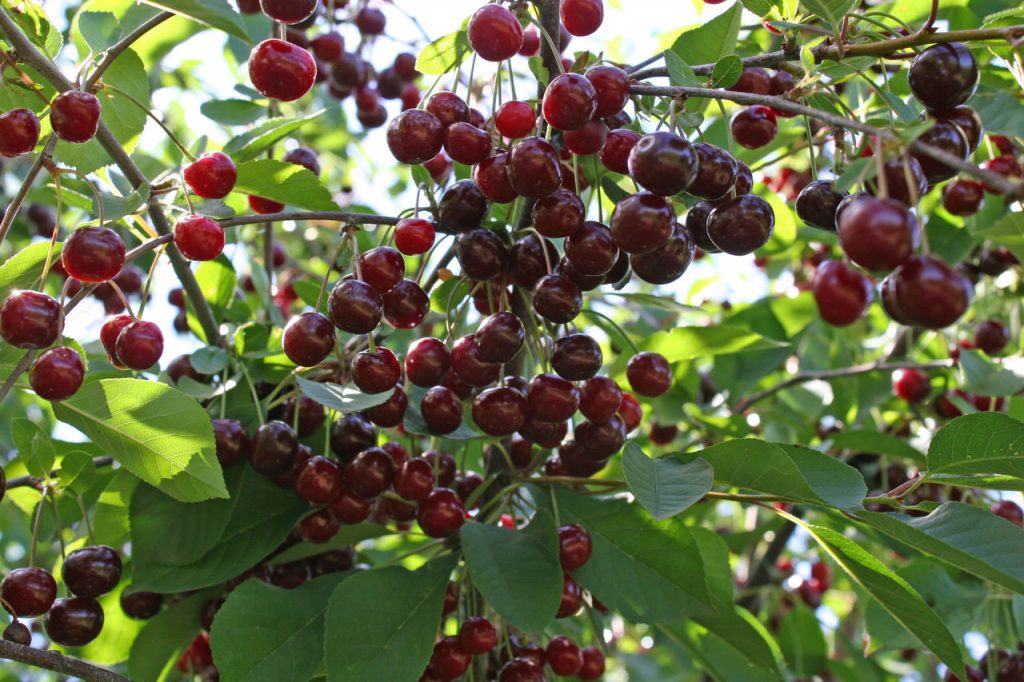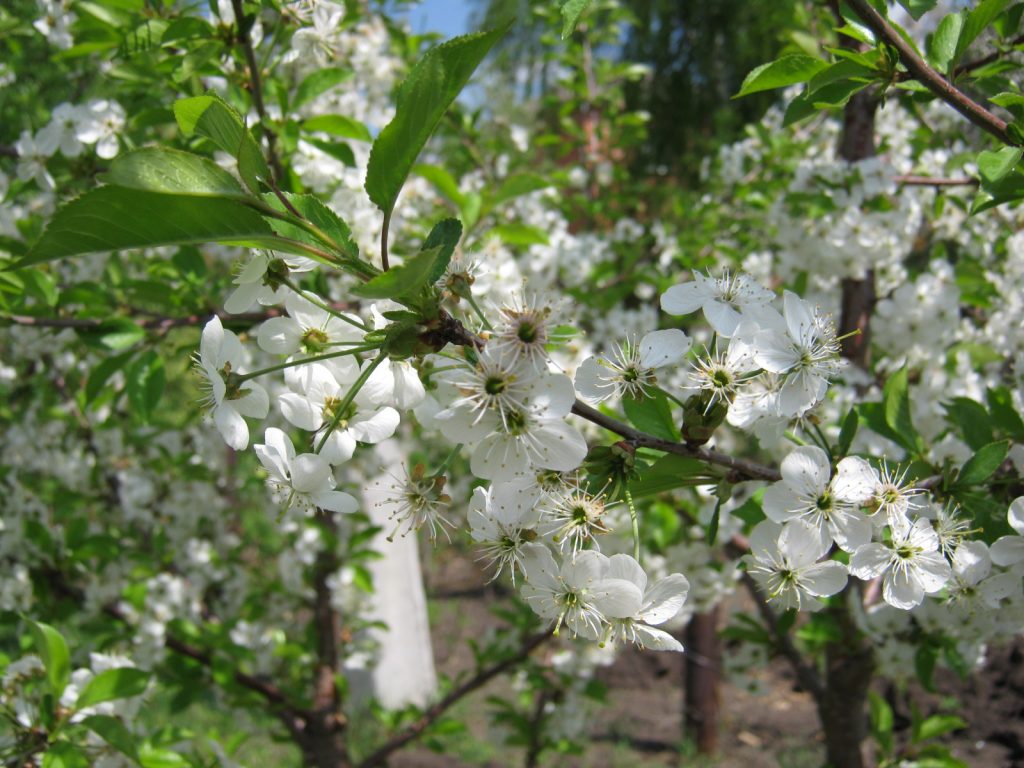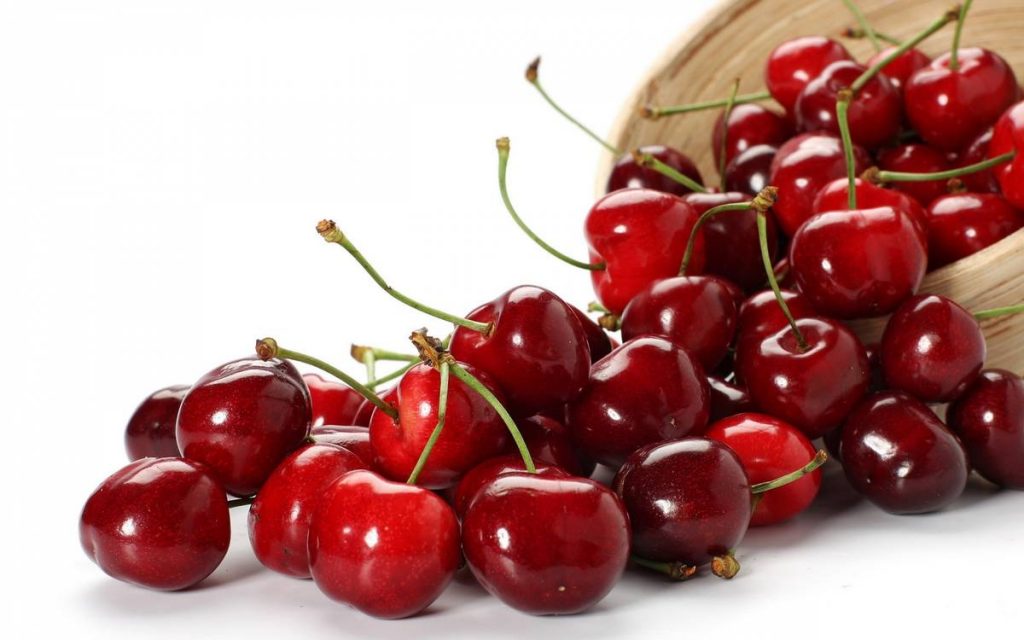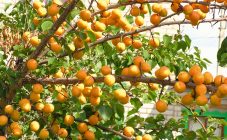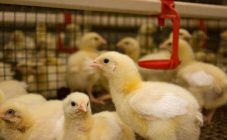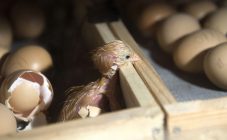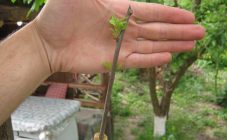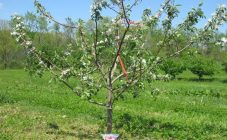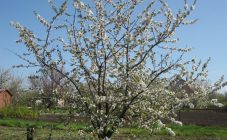Content:
Cherry is a fruit tree belonging to the Pink family, a genus of Plum. The oldest representative of this species is a cherry variety called Ptichya Cherry, but today this variety is better known as sweet cherry. The homeland of this culture is the territory of Denmark, Switzerland and Asia Minor. Today, fruit cherries are widespread almost all over the world; they are grown on an industrial scale in Iran and Turkey.
Basic information about cherries
The most common representative of the species is ordinary cherry. Does not grow in the wild. It has been cultivated for more than one century. Breeders tirelessly breed all new varieties, for example, Bessey, Vladimirsky cherry, dessert variety Iput, Molodezhny, Morozov, Sania, Turgenevka, etc.
According to its individual characteristics and structure, it is divided into two types: treelike and bushy.
The bush form is characterized by a spherical crown, the branches are lowered, the shoots are formed abundantly, the fruits are almost black in color. Subject to all the rules of agricultural technology and in optimal climatic conditions, it actively bears fruit for 10-18 years. The root system of a bush-shaped tree grows around 6-7 meters, does not lie very deep. This form has high rates of frost resistance, in contrast to the tree.
The fruit tree bears fruit with sweet and sour berries. They have a universal purpose: they are eaten fresh, added to baked goods, prepared compotes / jelly / liqueurs and much more, as well as dried and frozen.
The fruit contains a high concentration of tannins, vitamins A, B, C and PP, organic acids, pectins, macro- and microelements, fructose, ash and nitrogen compounds are present. Due to its chemical composition, the fruits are widely used in traditional medicine. The composition contains pectins that cleanse the body of toxic substances.
Useful properties of cherries for the body:
- It stimulates an increase in hemoglobin levels, lowers blood pressure and strengthens the capillary walls.
- An effective preventive measure against angina attacks, heart attacks, atherosclerosis, strokes and thrombosis.
- It is used to treat gout and arthritis, since it reduces the concentration of uric acid in the body.
- The composition includes copper, which is effective in the fight against mental illness.
- Fights against the causative agents of dysentery, and is also active against streptococci and staphylococci.
- The composition includes a high concentration of pectins, so the berries effectively cope with constipation, remove toxic substances from the body.
- It is used in the form of expectorant and antipyretic drugs.
From the pulp, you can make masks that nourish and cleanse the skin well, tighten the pores.
Cherry life cycle, reasons why it does not bear fruit
How many times does a cherry bear fruit? What year does the cherry bear fruit after planting? How long does a cherry grow before fruiting? These and many other questions are of concern to novice agronomists.
As a rule, cherries begin to bear fruit 3-4 years after planting.Dwarf varieties a little earlier. This time is required for the growth of the crown and root system of the tree. If cherries are grown from seeds, then add at least 2-3 years more.
The main reasons why cherries do not bear fruit.
- Cherry diseases. A fruit tree may not begin to bloom and bear fruit if it is affected by coccomycosis and moniliosis. In the latter case, the tops of the shoots, young leaves, ovaries and fruits will begin to dry out, and at the sight of the branches one gets the impression that they are burnt. The disease is activated with excess moisture. Severe symptoms of pathology: the formation of numerous small spots of red-brown color; as the leaves develop, they turn yellow, curl and fall off.
- Planting a seedling in an unfortunate place or poor-quality planting material. It is recommended to purchase seedlings in special nurseries, where there is no chance of acquiring sick, weak or damaged trees. In terms of space, all fruit-bearing trees need an abundant amount of light. If cherries grow in a sunny place, you should regularly expect bountiful harvests.
- Increased acidity of the soil or deficiency of nutrients. Cherries are not able to show high yields, growing in acidic soils. With a pH meter, you can find out the acidity level of the earth. At high values, lime must be added to the ground.
- Unsuitable trees in the neighborhood. Cherries are picky enough in choosing their neighbors. It will not bear fruit well if any representative of conifers grows in the neighborhood. Also, cherries do not like the neighborhood with honeysuckle and apple trees. Irises, pansies, lilies, daffodils and tulips are also best not planted nearby.
- Lack of pollinators. If a tree blooms annually, but does not bear fruit, then there is a high probability that there is no natural pollination process. The vast majority of cherry varieties are self-infertile, therefore, to set fruit, it is necessary to plant another variety of cherries nearby. In addition, bees and other pollinators should be attracted to the site.
- Incorrect pruning of cherries. With a competent approach to the procedure, the tree will bear fruit abundantly. There is an opinion that the first 20 years after planting a fruit tree does not need pruning, because it reacts very painfully to this, and this is indeed the case. In order not to develop adverse consequences, all pruning rules must be followed. Use clean and sharp tools. After cutting the branches, the cut points and all damage must be treated with a solution of garden varnish.
- Freezing of fruit buds in cherries. Recurrent frosts can cause great damage to the health of the fruit tree, especially the cherry buds. To prevent this unpleasant phenomenon, you should follow all the rules of agricultural technology.
Depending on the variety, cherries can bear fruit annually or at intervals of a year or two, but not more often. How many times a cherry bears fruit in its life also depends on the variety and compliance with the rules of agricultural technology. Life expectancy is higher if the beginning of the productive age begins later. As a rule, from 10 to 50 full-fledged crops are harvested over the entire life cycle. The number will be closer to the maximum if you plant a fruitful and productive variety, selected taking into account the climatic conditions of the area.
Prevention measures
For the prevention of diseases, all the rules of agricultural technology must be observed, namely, to regularly thin out the crowns and rejuvenate age trees. To reduce the likelihood of mechanical damage to the tree, it is necessary to loosen the aisles and promptly remove all residues of plant origin. Be sure to apply organic / mineral fertilizers.
For this, dolomite (limestone) flour is used.When planting, it is poured into the trunk circle. How much dolomite flour do you need? At least 500 g of flour is added to the acidic soil, with average indicators - 400 g and with a weak reaction no more than 300 g per 1 sq. M.
Regular feeding is the key to the rapid growth of a healthy plant.
- In summer, the most optimal options for cherries are liquid mineral fertilizers, which must be used in accordance with the attached instructions for use.
- With the onset of spring, it is better to give preference to nitrogen-containing compositions.
- In autumn - superphosphate or potassium chloride, wood ash. Alternatively, you can use compost or rotted humus.
It is quite difficult to find suitable pollinators, it is better to consult with specialists or check with seedling sellers. It is also recommended to attract insects to the cherry garden. This is done as follows: during flowering, the cherry should be irrigated with sweet water. It is enough to dilute no more than 10-20 g of sugar in 1 liter of water.
To prevent the buds from freezing during the winter temperature drop to critical levels, it is necessary to exclude the introduction of nitrogen-containing compounds into the soil, which contribute to the freezing of the buds. Also, in the fall you need to be careful with watering - in late autumn it is better to refuse them altogether.
With the onset of spring, when the plants have bloomed, but the temperature drops below zero, it is required to water the garden abundantly and cover the trees with felt, film material. In addition, to increase resistance to unfavorable environmental conditions, trees should be irrigated with special chemical compounds that do not harm the tree and do not affect the quality of the fruits (Novosil, Epin-Extra).
Prevention of pest attacks on cherries
To suppress the vital activity of pests that damage cherries, preventive measures should be taken regularly.
To prevent insect attacks, all agronomic rules must be observed (watering, weeding, loosening, pruning, mulching, etc.). Treatment of plants with special chemical compounds (fungicides) is of great importance. They not only inhibit vital activity, but also destroy insect pests.
Cherries are unique fruit trees whose fruits have a positive effect on the human body. Even a novice agronomist can grow fruitful and healthy trees. But in order to get good yields, you will need to study the basic rules of agricultural technology and follow them.
